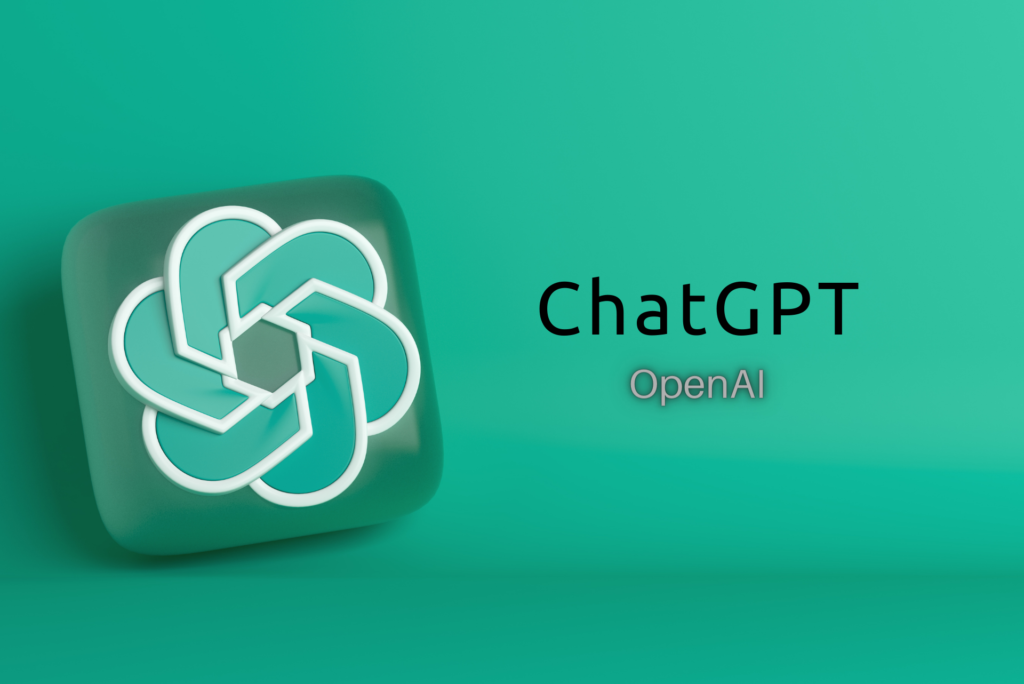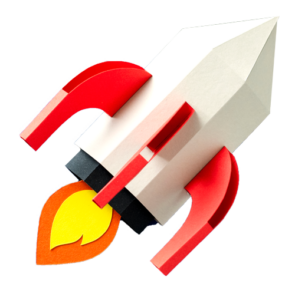Artificial intelligence has been a topic for a long time but now what is chatGPT? Make no doubt about it, it isn’t a passing fad like a kids toy. It is something we are discussing quite a bit in many professions and that is a good thing because it has the potential to be a “disruptor”.
Where were you in 1994? 2007??
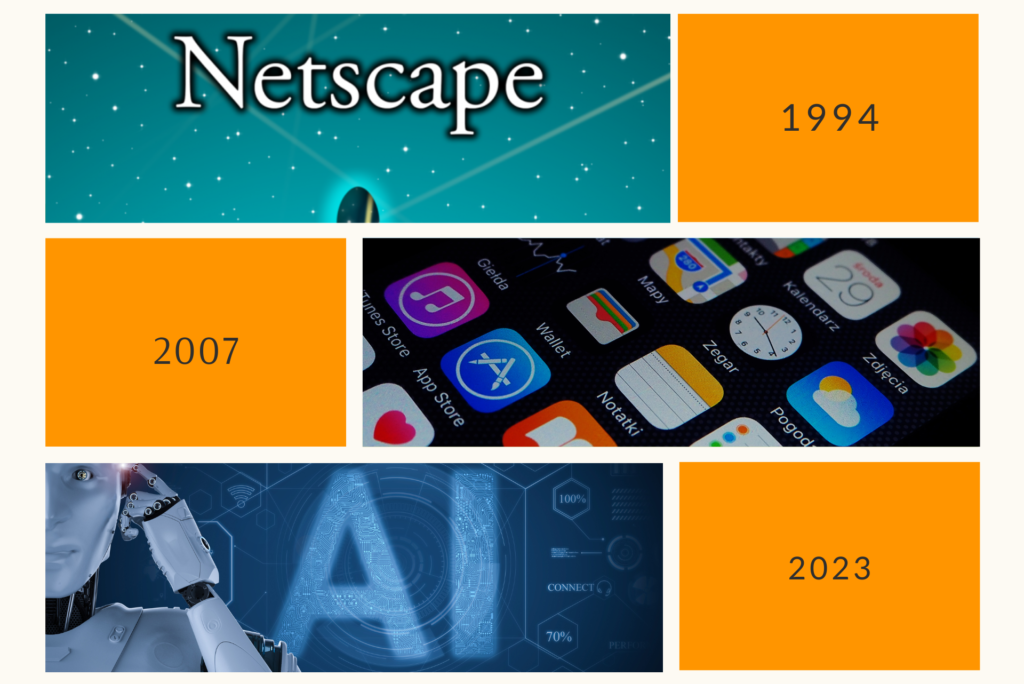
Were you using the internet in 1994 when Netscape navigator made surfing the web much easier? Sure, other browsers were on the landscape but this was the game changer.
Do you remember where you were in 2007 when the iPhone was launched? This created a whole new technology disruption that changed the world. Maybe you were too young for the first one or came on a bit later to the smartphone scene but if you are reading this, you are seeing the next great “beginning” or “disruption” with chatGPT or GPT.
You can say “you were there”.
Artificial Intelligence (AI) has its roots back to computer scientists Alan Turing and Boris Katz whose work on this subject got attention in the 1950’s. Today, you can define AI as a field that combines computer science, data science, and problem solving. It then has areas called machine learning and deep learning.
AI is a tool. Keep that in mind. With new tools can come new jobs and make old jobs more efficient or go away all together. This is NOT new in the history of mankind.
What is artificial intelligence?
{Que up the Terminator movie soundtrack}. Just kidding.
Artificial Intelligence is the simulation of human intelligence in machines that are programmed to think and learn like humans. It involves the development of algorithms and that become computer programs performing tasks that typically require human intelligence, such as visual perception, speech recognition, decision-making, and language understanding.
AI can be categorized into two main types: narrow or weak AI and general or strong AI. Narrow AI is designed for specific tasks, while general AI has the ability to perform any intellectual task that a human can.
It is said that the goal of AI is to create computer models that behave like intelligent humans. These models would allow computers to learn without being directly told what to do by being programmed.
Human intelligence is NOT artificial intelligence and artificial intelligence is NOT human intelligence. They are quite different. Human intelligence is vastly more complex than what we can program a machine to do.
Can we program certain tasks that the brain does, yes. That is where artificial intelligence comes into play.
What is a computer model?
Artificial intelligence is built on models. No, it isn’t a plastic set held together with glue. A computer model is software programmed (aka coded) following an algorithm so it can be trained. It is trained by giving it data about a topic and then learning specific patterns.
An example model would be GPT.
These algorithms are designed to process and analyze data for patterns like a human brain would. Once an algorithm is set, a programming language is used to create the model as a functioning program. These models can be adjusted by changing parameters or variables.
At the core of the concept is data goes in (input) and something is produced (output).
Also keep in mind the fundamental computing/database concept…. GARBAGE IN, GARBAGE OUT.
What is machine learning?
Machine learning is a part of the AI field and is defined as having a computer learn so that it acts like an intelligent human. Enormous amounts of data are gathered and inputted for “training”. The data can be times, weights, reports, pictures, videos, etc. The more data you have the better the result will be.
A model is picked by a programmer and then run on a computer. If you dig further into this area, you will find that three categories of machine learning exist: supervised, unsupervised, and reinforcement. Each have specific results.
Supervised, the most common, is when specifically labelled data is entered into the program for a specific need. For example, to learn a specific subject.
Unsupervised is when the program seeks to identify patterns that might be difficult for a human to find. Think of the saying “looking for a needle in a haystack”.
Reinforcement is a trial-and-error approach. This is one of the main ways a human learns.
What is deep learning?
Deep learning is a part of machine learning.
Built on the use of algorithms that mimic part of the brain called neural networks, it mimics how neurons in our brain interact with one another. Deep learning takes things in a slightly different direction where the computing machine develops the algorithm after taking in enormous amounts of data.
When I say enormous, an example would be over 3 billion webpages, articles, documents, etc.
Deep learning has been able to develop faster due to computing processor performance increasing and we have collected more data due to decreased storage costs. So, this neural networking or deep learning can get better as more data is collected and computers can calculate bigger models.
You will also see this is one of many areas where scientists disagree on how it can be improved. Some feel adding more resources does not improve the AI while others feel we need to still learn more about how the brain can learn and also process information. It is extremely complex.
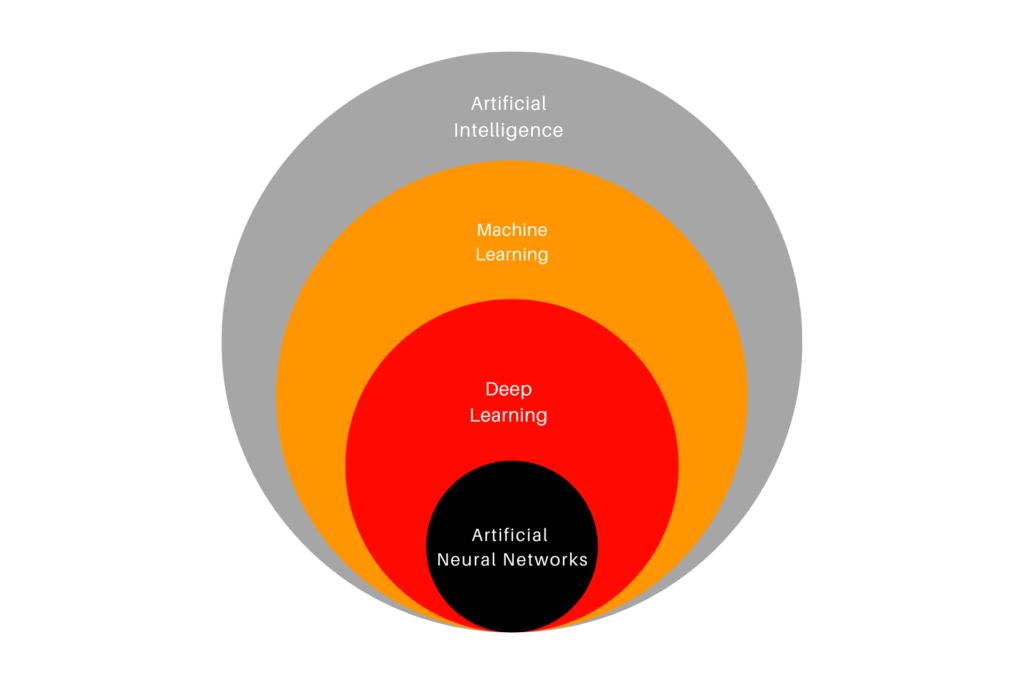
What programming languages are used for artificial intelligence models?
There are many “high-level” programming languages to select from when building your model. The ones that remain most popular at this writing are: Python, R, Java, C++, and even Javascript which does not need to be compiled.
There is also one more thing. When putting your model to work or “deploying” it, you will need computing power…. a lot of computing power.
What is GPT-3 and chatGPT?
Generative Pre-Trained Model (GPT) began as some research on deep learning transformer models conducted by Google. It lead to a “generative” type that allowed to generate new data such as words being added to t a sentence. It was furthered by OpenAI an artificial intelligence research organization co-founded by Elon Musk who had left their board of directors in 2015. OpenAI further developed a language built on the GPT model labelled GPT-3.
GPT-3, the 3rd generation of GPT, surpassed Microsoft’s Turing NLG model as the largest trained model language in late 2020. It makes use of both supervised and reinforcement learning machine learning. GPT-3 is what currently powers chatGPT.
ChatGPT (https://chat.openai.com)
ChatGPT is a chatbot that was made available in 2022 and when asked has the ability to create essays, compose music, answer test questions, emulate computers such as the Linux operating system, and play simple games.
A cool and somewhat scary feature is how it remembers your conversation in a chat such that you do not have to repeat yourself in follow-up interactions during the same chat session.
What computer hardware is required to support GPT and chatGPT?
Artificial intelligence (AI) applications, including language models like GPT, typically require powerful computer hardware for training or learning. The specific hardware requirements can depend on the size and complexity of the model, as well as the dataset it is trained on.
For training large models, such as GPT-3, high-performance computing (HPC) systems with multiple graphic processing units (GPUs) are often used. These systems typically include multiple graphics processing units (GPUs), such as NVIDIA Tesla or AMD Radeon, as well as large amounts of memory and fast storage. It’s also worth noting that in some cases, specialized hardware such as Tensor Processing Units (TPUs) can be used to accelerate AI workloads.
Also, you can use cloud services like AWS, GCP, Azure etc to utilize the power of their GPU instances to train GPT models.
In order to fine-tune a GPT-3 model, you will need at least 8-16GB of GPU memory, a CUDA-enabled GPU, and a machine with at least 64GB of RAM. If you want to use a smaller model, you may be able to get by with less powerful hardware.
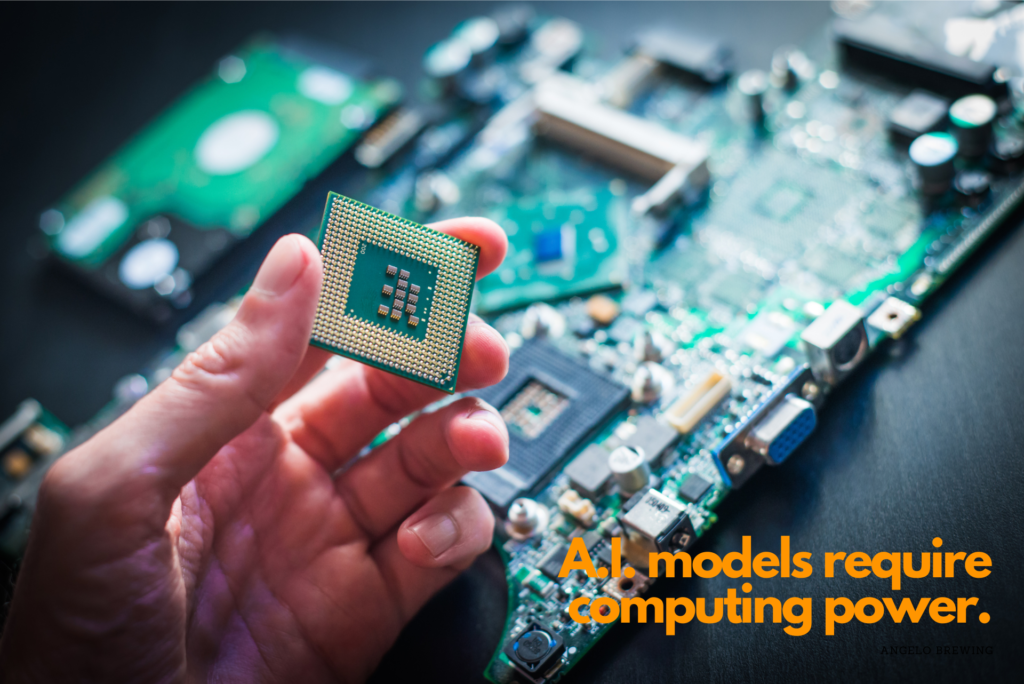
How do I use chatGPT?
ChatGPT can be found at this link: https://chat.openai.com
It is free to use by asking it questions (aka queries). Some responses are very helpful and some….maybe not as helpful.
- At the time of this post, you will need to create an account on the openai.com website.
- Visit https://chat.openai.com
- You will be shown several ways you can use chatGPT.
- In the text entry field, simply type your question or request.
ChatGPT will then generate a response that you can read and if needed, copy and paste.
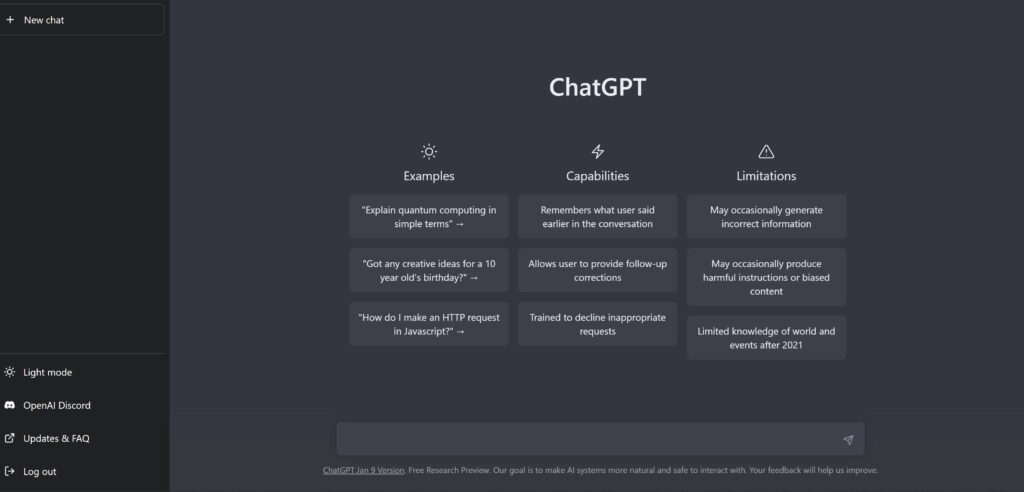
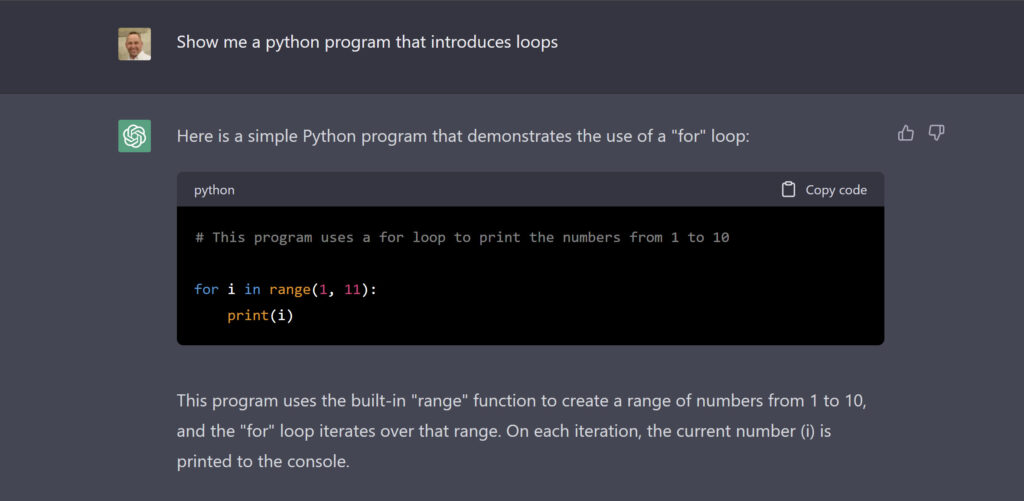
How connect your website or software program to ChatGPT?
You can connect your website or software application to ChatpGPT by using their application programming interface (API). The OpenAI API allows coders to access the functionality of pre-trained AI models, including ChatGPT, through a simple API.
Here are the general steps to connect the ChatGPT API to your website or application:
- Sign up for an OpenAI API key: To use the OpenAI API, you’ll need to sign up for an API key. This will provide you with the credentials you need to authenticate with the API.
- Choose the model you want to use: The OpenAI API provides access to several different AI models, including ChatGPT. You’ll need to decide which model you want to use for your application and note the API endpoint for that model.
- Make API requests: Once you have your API key and the endpoint for the model you want to use, you can start making API requests. Requests can be made in several programming languages, such as Python, Java, and C#.
- Handle the API response: Once you’ve made a request to the API, you’ll receive a response back. The response will contain the text generated by the model. Your application will need to handle this response and display it to the user or use the generated text in some way.
- Incorporate the API into your application: Finally, you’ll need to integrate the API into your application. This will typically involve writing code to handle the API requests, handle the responses, and display the results to the user.
It is also important to note that OpenAI has certain usage limits and pricing plans, you can check them out in their website.
Where do we go from here?
I have spent the past week digging into the science of artificial intelligence. Universities and colleges are now rolling out new artificial intelligence degrees, schools are discussing its use in the classroom, businesses are trying to understand its value, and the media is spreading the word.
Artificial intelligence has become a new buzzword and quite frankly no one knows where it will lead us but we have seen disruptions like this throughout history. I had shared some thoughts in 2017 about machine learning. I don’t think I have deviated much from my beliefs.
This is a game changer but make no mistake it also has a long way to go. Artificial intelligence is not real human intelligence. The human brain is very complex and we are still trying to understand it.
What is appearing is a “tool”. Like the wheel, steam shovel, computer, and the internet. It can be used to further our discoveries, become a weapon, foster an addiction, or be something we use for good. The choice will be ours. It always has.
One thing I will share is that as a professor, it is forcing me to rethink the goals of my classes I teach and how I measure students learning. That is always a good thing in education.
The field Prompt Engineering is now coming into being such that someone with knowledge of a problem scenario will ask these models a question using terms more familiar to an expert and it will produce results that will help see a solution path or frame up the question differently.
We have also been down a path before where technology evangelists have said other technologies would have incredible capabilities and then it never reached that level.
Let’s keep our eyes on AI and put up the “guardrails” now so we won’t be trying to fix it when it does go out of control later. This is not the end all but the beginning of the next big disruption.
Happy coding,

Mr. Fred
Let Me Help You

If you are a teacher or someone looking to help others learn to code, let me help you.

